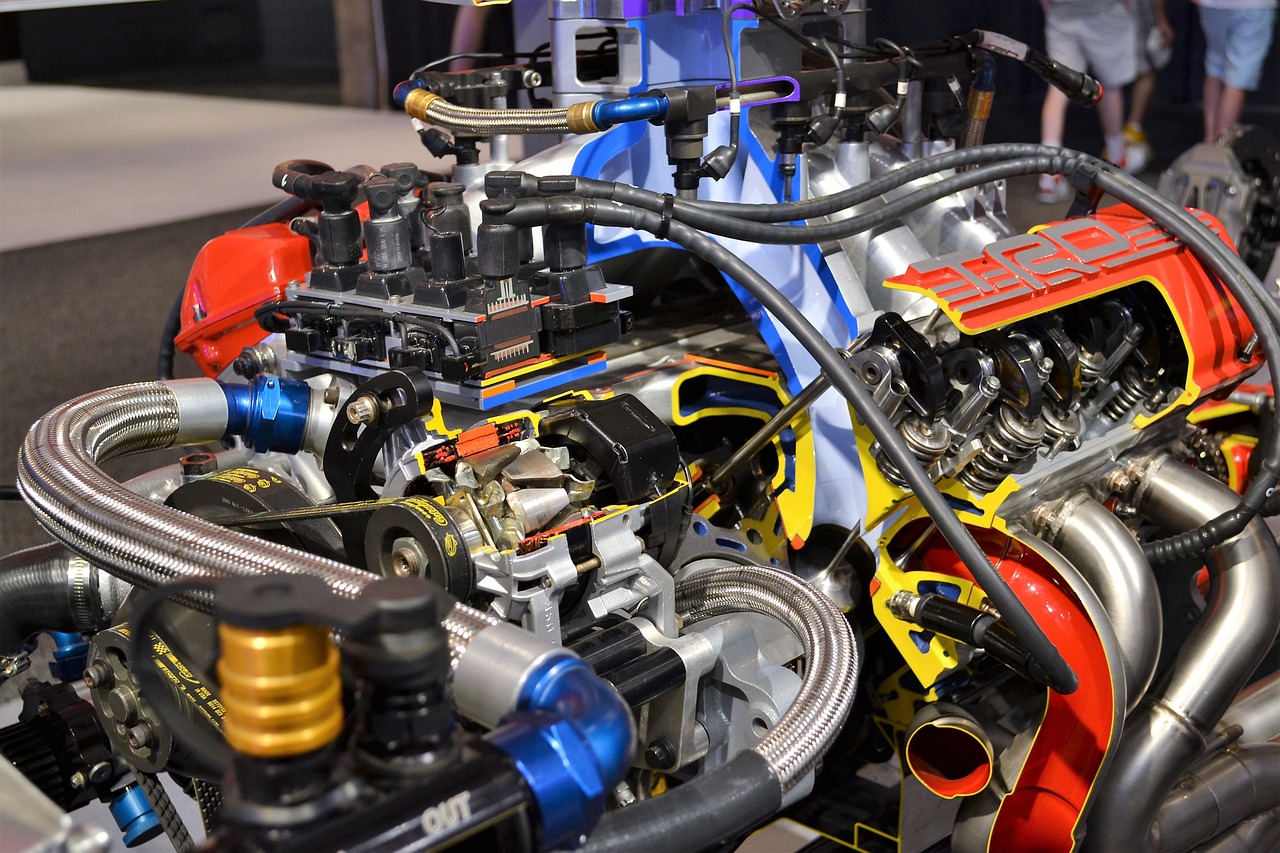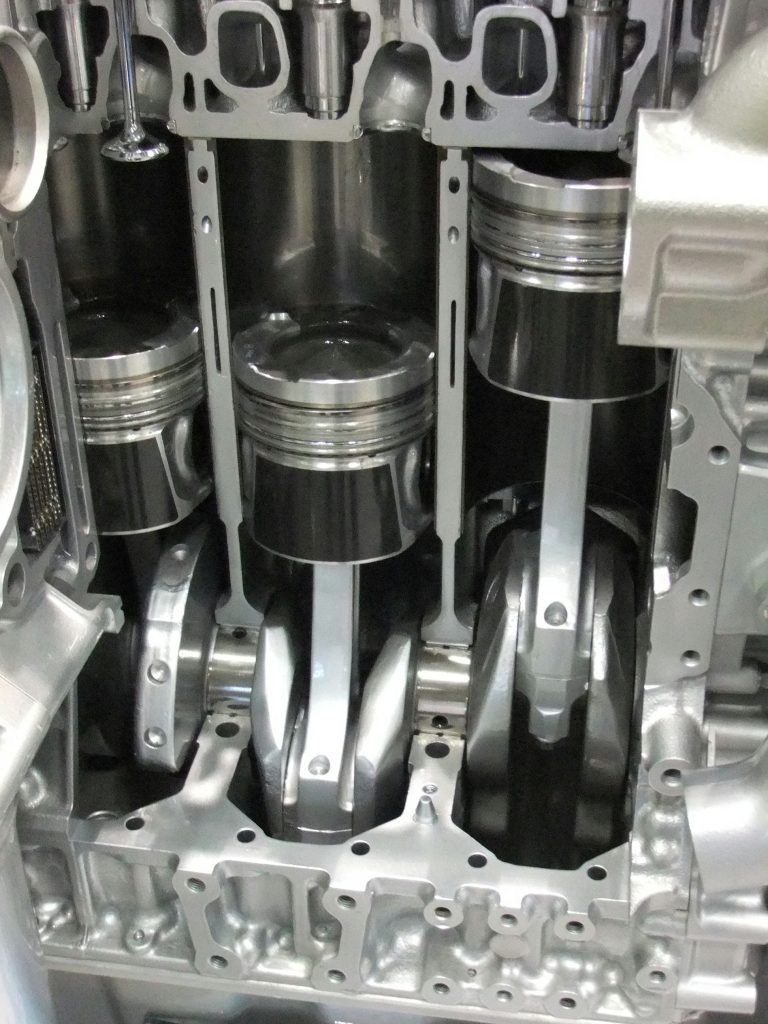How Does the Forged Piston Work?
Contents
– What is a forged piston?
– The different characteristics of the forged piston
– How does the forged piston work?
– Maintenance of a forged piston
– Price of the forged piston
The forged piston is an essential part of a car or motorcycle engine to increase its performance. Let’s review its different characteristics, its maintenance and its cost.
What is a forged piston?
The forged piston is a circular metal element intended for the preparation of engines. Most often, it is mounted on turbocharged engines to make them even more efficient.
It has the advantage of being extremely resistant to very high temperatures but also high pressures.
The “cast piston” made of an alloy melted at high temperature before being cast in a mould. The operating clearance (gap) is 0.04 mm for a cast piston compared to 0.06 mm for a forged piston.
The different characteristics of the forged piston

The forged piston is a cylindrical part manufactured in metallurgy from a block of the aluminum heated in a furnace at high temperatures, increasing the material’s homogeneity. It is then cut from the mass with a milling machine. This type of machining not only preserves the metal structure but also guarantees the high strength of the piston.
Some forged pistons are coated with a thin layer of graphite or nickel; this is a surface treatment.
The forged piston is composed of 3 parts.
– A head, oval and convex for a 4-stroke engine, or flat for a 2-stroke engine, intended to contact the gas. Its shape ensures a better combustion performance and a faster evacuation of gases.
– A skirt, an element that guides the piston inside the cylinder. In most cases, for a 4-stroke engine, the piston skirt is reduced to decrease its weight and avoid friction on the cylinder. For a 2-stroke engine, the skirt is full.
– A steel pin is then hardened and rectified to be both light and ultra-resistant.
Note: thanks to its particular shape, the convex head is more efficient than the flathead. The head of a piston is not round but oval to facilitate expansion.
How does the forged piston work?
The forged piston works around a rotating axis. Its displacement allows the combustion chamber to be activated by pressure. Its role is to facilitate the conversion of pressure into work and vice versa. “Work” refers to the mechanical movement of the piston.
Like all conventional pistons, the forged piston works on all types of engines.
Maintenance of a forged piston
The forged piston should be replaced when excessive oil consumption and bluish smoke are noticed in the exhaust. It may be that only the rings are worn, i.e. its skirt or its pin, for example. In this case, they should be changed. The new rings will be placed in the cylinder to ensure that the cutting clearance is well below 0.5 mm.
Good to know: the piston of a motorcycle wears out much faster than that of a car. It is therefore recommended to replace the piston of a motorcycle engine every 15 to 20,000 km. This is routine maintenance.
Price of a forged piston
The price of a forged piston depends, of course, on the type and model of the vehicle on which it is to be installed. A forged piston kit for a car is often between $500 and $1,500.
Good to know: when buying a forged piston, it is advisable to contact a professional car parts showroom who will give you the best information and guidance.
How did you find this post? Please, remember to share and comment below.



One thought on “How Does the Forged Piston Work?”